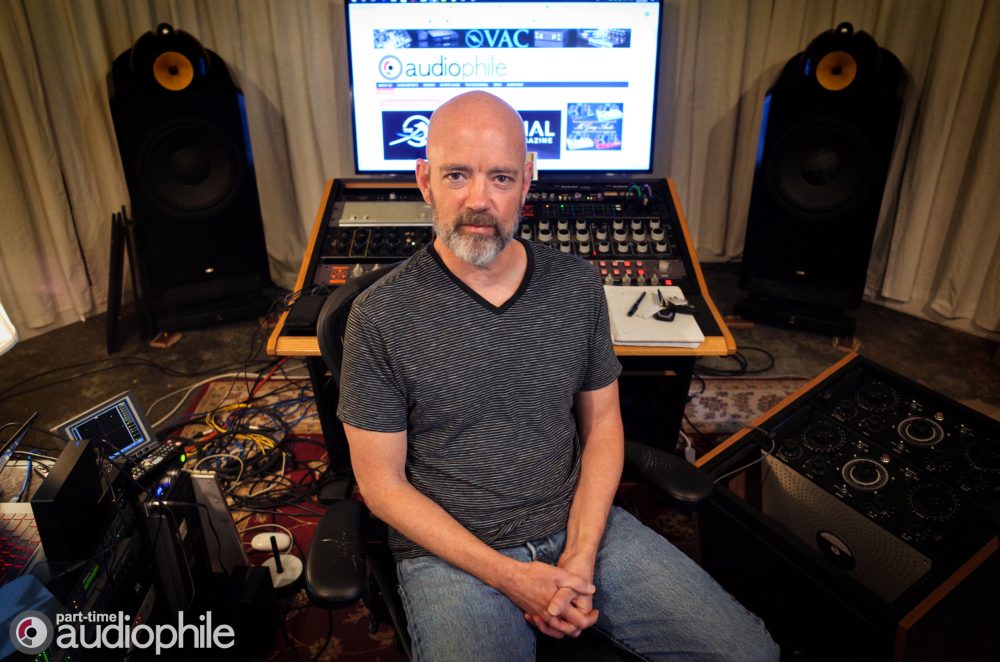Newman
Major Contributor
- Joined
- Jan 6, 2017
- Messages
- 3,530
- Likes
- 4,362
...the reaction I have typically seen to some tracks on my system from non-audiophiles almost inevitably takes the form of shock, and some expression like "I never knew it could sound so REAL." There are some vocal tracks that leave people looking like they've seen ghost.
...and this is where I should introduce the Uncanny Valley Effect into this thread.
For readers unfamiliar with it, this is where our increasing preference, for reproductions that are more and more natural/realistic, suddenly takes a nosedive into strong negative preference when the reproduction gets too realistic, ie "uncanny", and our preference enters the Uncanny Valley.
This effect is well studied with robots that have too-nearly-human faces or movements and gives people the shivers, but has also been confirmed academically in relation to playback audio ("The Audio Uncanny Valley", Grimshaw M, 2009) and human voice ("The Uncanny Valley of Human Voice", Dickens G et al, 2013).
There is also a claim that the Uncanny Valley cannot be traversed (coming out on the other side of the Valley), and this is under debate wrt robots, but not AFAICT being researched wrt audio. I think it is hard enough to make audio playback good enough to get into it (although Matt's "seen a ghost" story is a reminder, his listeners were not entering strongly negative preference territory), and so it might never happen that we can traverse it for audio, especially since we always know it is not the real thing.
Getting into the Uncanny Valley with audio seems to take a lot of speakers — dozens more than we see on complex home MCH setups, for instance. Although it seems to be easier with ‘threatening’ sounds, we are interested in the more general application.
My takeaways in relation to this thread:-
- there is a long way to go in a positive direction towards realism and naturalness
- it is not futile just because 100% is not achievable…preferences do increase
- we don’t actually want to get too close; it backfires
- if, as seems to be the case, we can reach the Uncanny Valley by extending current MCH technology and techniques, then we are on the right path, so keep progressing, near to but not over the lip of the Valley
- given the gap that lies ahead from the current SOTA (and especially 2CH), if smart sound engineers are adding a little ‘juice’ to current recordings in a well-informed way that partly compensates for the ‘relatively lifeless’ impression from ‘straight’ recordings not being super realistic or natural so far, then that is worth having. Treating such 'juice' like an impurity is counter-productive.
cheers
Last edited:


